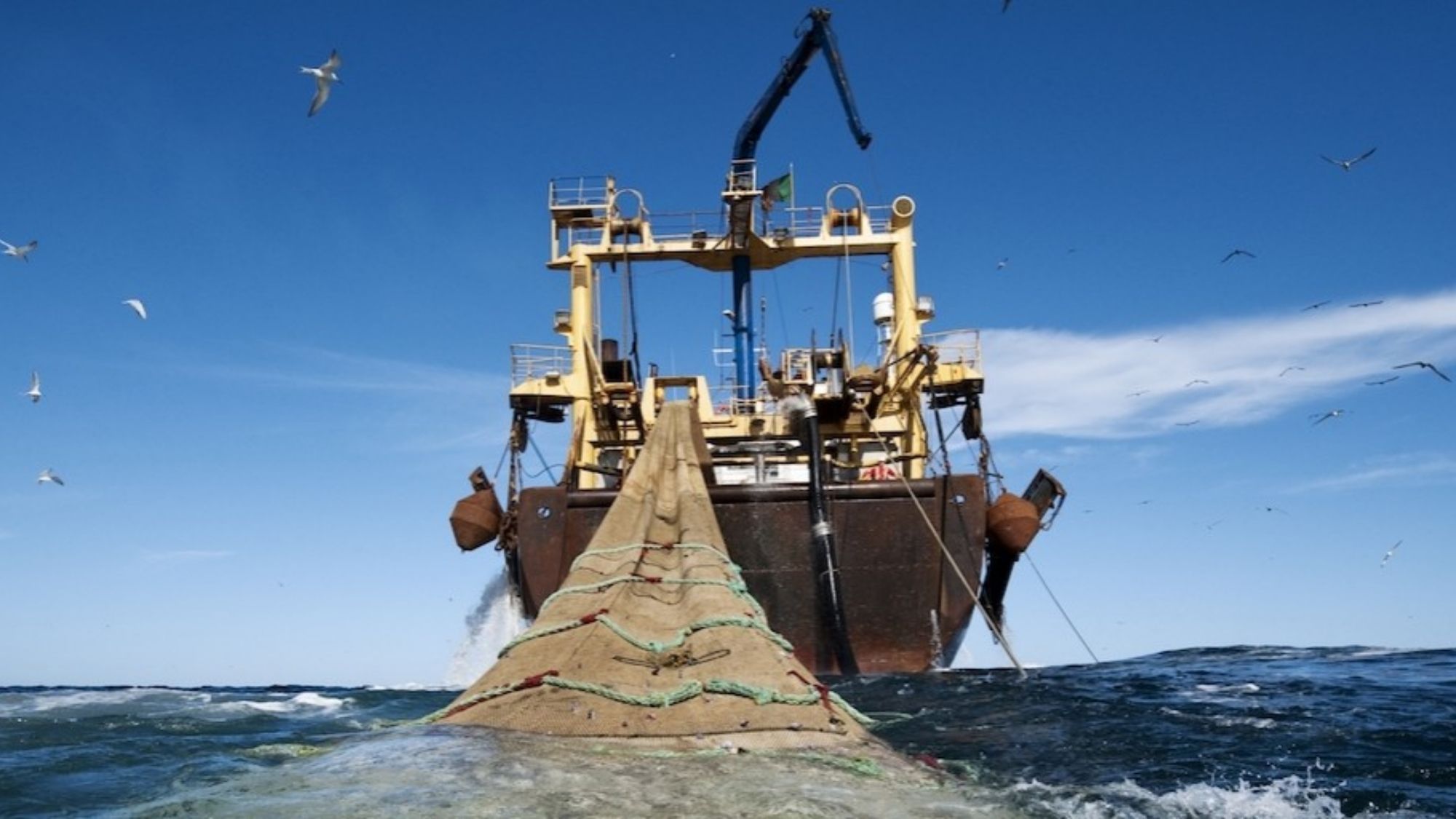STO. TOMAS CITY – WITH prices of fish already skyrocketing in local public markets throughout Batangas, expect them to fly even higher in the coming days once the local government imposes the seasonal fishing ban on all provincial waters.
Old reliable
It’s good however, that Batangas residence can always turn to old reliable tilapia and other freshwater fish species that are in abundance at Taal Lake, and mostly sell only from P85 to P140 per kilo.
One of the riches fishing grounds in the province, Balayan Bay connects directly the West Philippine Sea and juxtaposed by the Verde Island Passage and Tayabas Bay.
More importantly, it is where about 60% of commercial fishes comes from and sold among public markets in the province and elsewhere.
Overfishing
But it needs a breather from overfishing.
As such, starting November 27, a no fishing policy will be enforced for at least 22 days or until December 18, 2021.
According to USAID’s Ecosystems Improved for Sustainable Fisheries (ECOFISH), the Verde Island Passage is considered as the “center of the center” of the world’s shore fish biodiversity.
Fish yield in the Passage is up to six times higher per similar area than the catch in other fishing grounds in the Philippines.
As part of the passage, Balayan Bay used to be described with similar abundance.
However, since the early 2000s, data show that the area’s sardine, anchovy, and round scads fisheries are declining as a result of overfishing.
Breather
And this is where the province’s seasonal “no fishing” decree comes in.
This is to give the fishing grounds a breather or for mother fishes to breed and give time for fingerlings to grow and replenish the ocean’s stock.
Measures to help fishermen during the 22-day closure were also set in place in the province.
Assistance
Local government units have to implement cash-for-work programs for displaced fishers during the 22-day no fishing holiday.
To measure the closure’s impact, it was also gathered that ECOFISH established a monitoring program that demonstrated the activity’s ecological and socioeconomic benefits.
In 2014, the decline in catch had become so pervasive in Balayan Bay that several commercial fishers were willing to temporarily stop fishing to allow the fish populations to regenerate.
Scientific approach
The local government units welcomed the idea, but they did not know how to develop the process and enforce a closed fishing area at a specific time of the year, for a specific length of time, while also providing for people who would lose their livelihoods as a result.
A scientific approach was initiated by Ecofish that conducted a study for local policymakers to make an informed decision on a closed season.
It also simultaneously developed a program to build provincial government capacity to collect and analyze data on fish catch, fishing effort, and spawning period of abundant and commonly caught fish species.
Using participatory methodologies, the study provided practical knowledge and clear scientific information for stakeholders to develop different scenarios for the closed season that is now entering its fifth cycle.
And like before, this is being implemented in partnership with various environmental groups, government agencies and the agriculture and fisheries sector, and the provincial government headed by Gov. Hermilando Mandanas.
Affected areas
Affected in the 5th cycle of seasonal closure for fishing grounds are Balayan, Talin, and Nasugbu Bays.
Batangas information chief Jenelyn A. Aguilera said the cycle for the close season on fishing grounds is a continuing environmental conservation and protection of Batangas' rich marine and coastal resources.
“Inumpisahan noong taong 2014 ang programa bilang inisyatiba sa fisheries management, kung saan pinapahusay ang coastal protection at pinapalakas ang fishery resilience,” Aguilera said.
Spatial control
Under fisheries and aquatic management, a seasonal closure is a form of spatial control in certain fishing grounds to protect spawning fishes.
The Bureau of Fisheries and Aquatic Resources (BFAR) imposes a two-month closed season that starts in November to December in certain fishing areas in the country.
The seasonal closure is provided for under the provision of the Fisheries Code of 1998, in order to rehabilitate the marine resources now being depleted due to overfishing.
5th cycle
Aguilera said the Provincial Government – Environment and Natural Resources Office (PG-ENRO), Department of Environment and Natural Resources (DENR) and the Department of Agriculture – BFAR spearheaded the discussions on the seasonal closure’s 5th cycle on Oct. 9 at the PG-ENRO conference hall here.
The lead agencies engaged in extensive discussions with agriculturists, environment and natural resources officers and Bantay Dagat (sea guardians) members from the province’s 11 coastal towns.
They were also coordinating with the Philippine National Police – Batangas Police Provincial Office (PNP-BPPO), Philippine National Police Maritime Group (PNP-MG), Philippine Coast Guard (PCG), Philippine Airforce (PAF), Provincial Agriculturist, Provincial Tourism Culture and Arts Office and Provincial Social Welfare and Development Office.
She said the 5th cycle closed season was agreed upon after assessing the results of the series of seasonal closures enforced by the provincial government, which pioneered the country’s inter-Local Government Unit (LGU) Seasonal Closure Initiative.
Information dissemination
They also agreed to intensify information dissemination to various stakeholders and constituents in the “closed season” covered areas and broaden resolution network with partner agencies and non-government and people’s organizations in the 11 towns.
She said the results of the discussions prompted the provincial government to impose the 5th cycle closed season covering fishing grounds across the coastal towns of Balayan, Bauan, Calaca, Calatagan, Lemery, Lian, Mabini, Nasugbu, San Luis, Taal and Tingloy. (IAm/OpBats)
